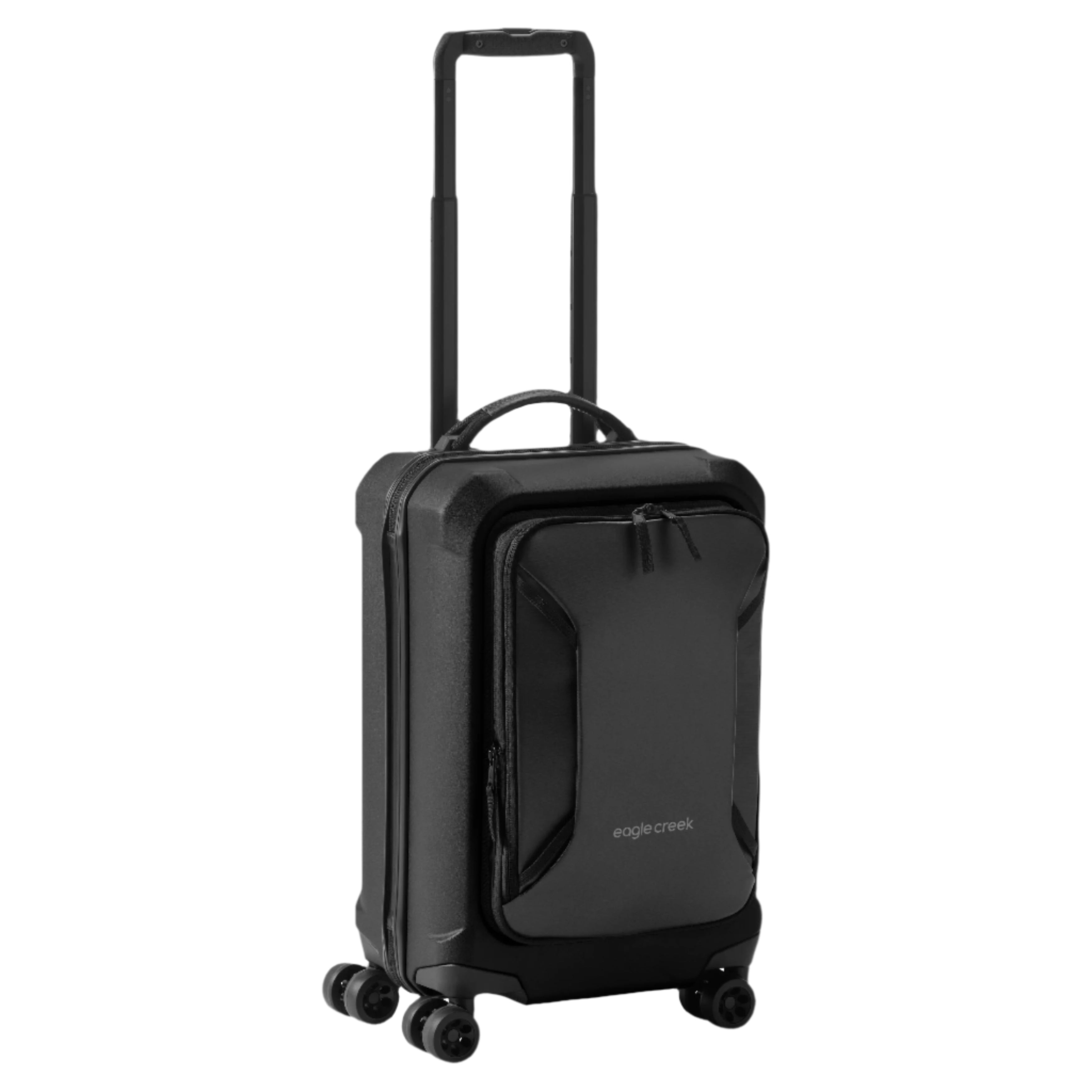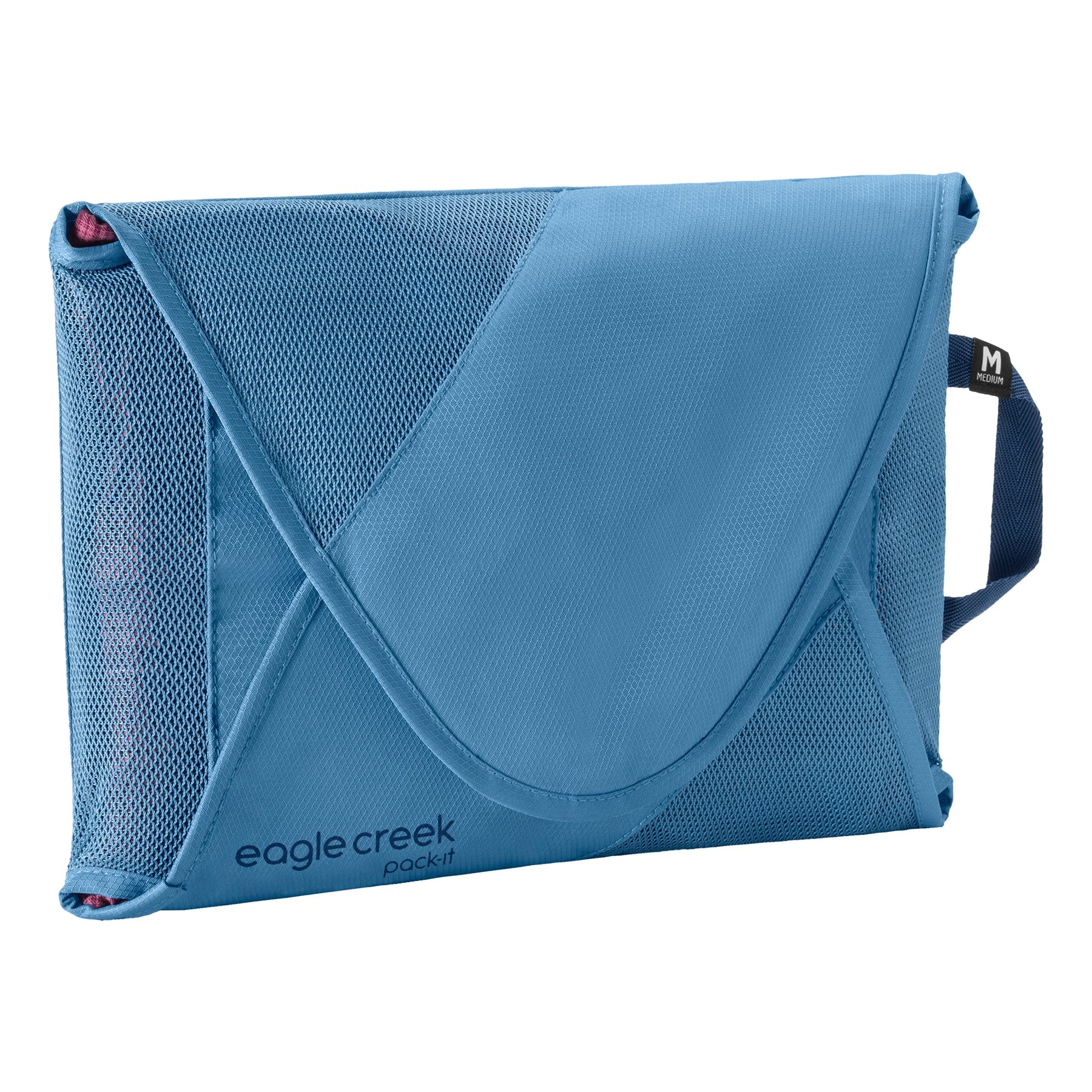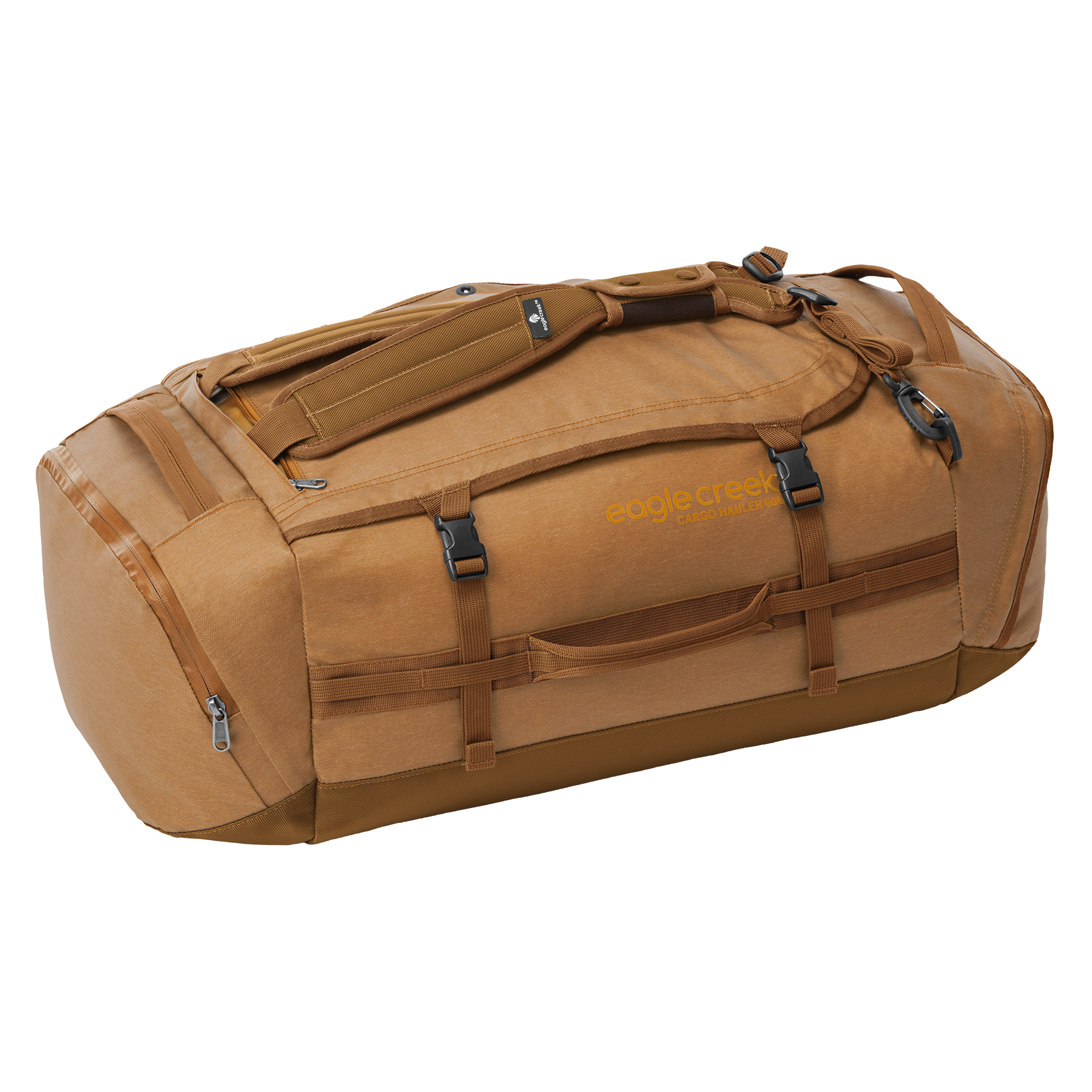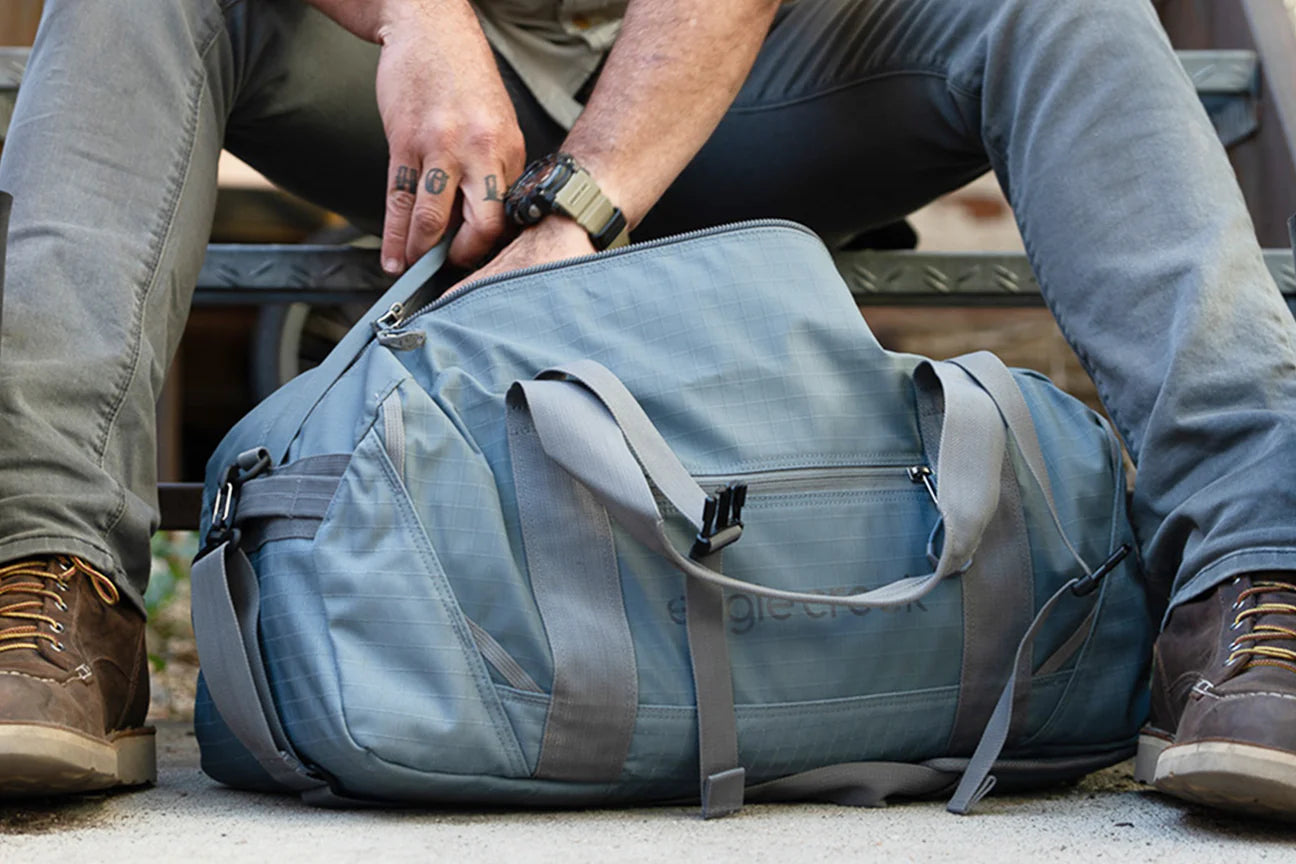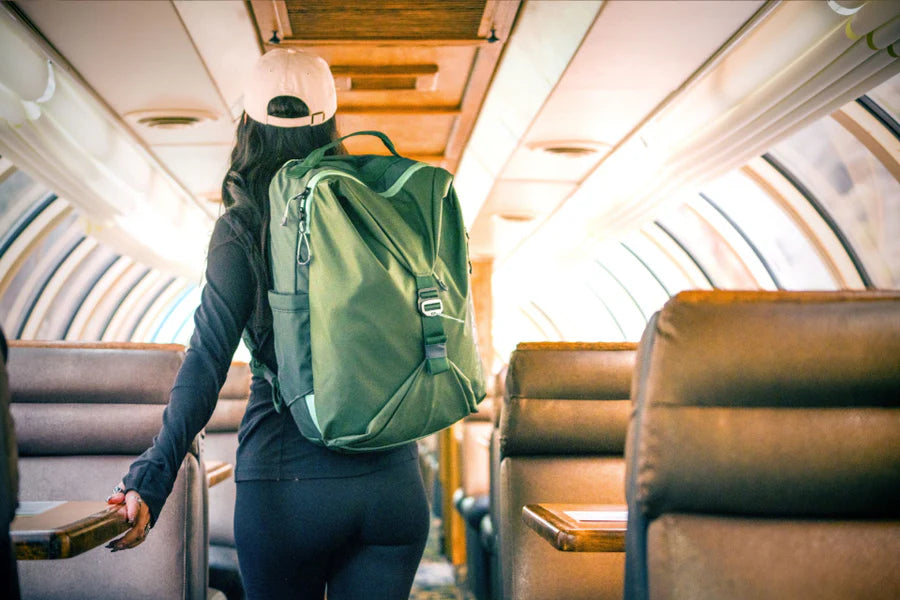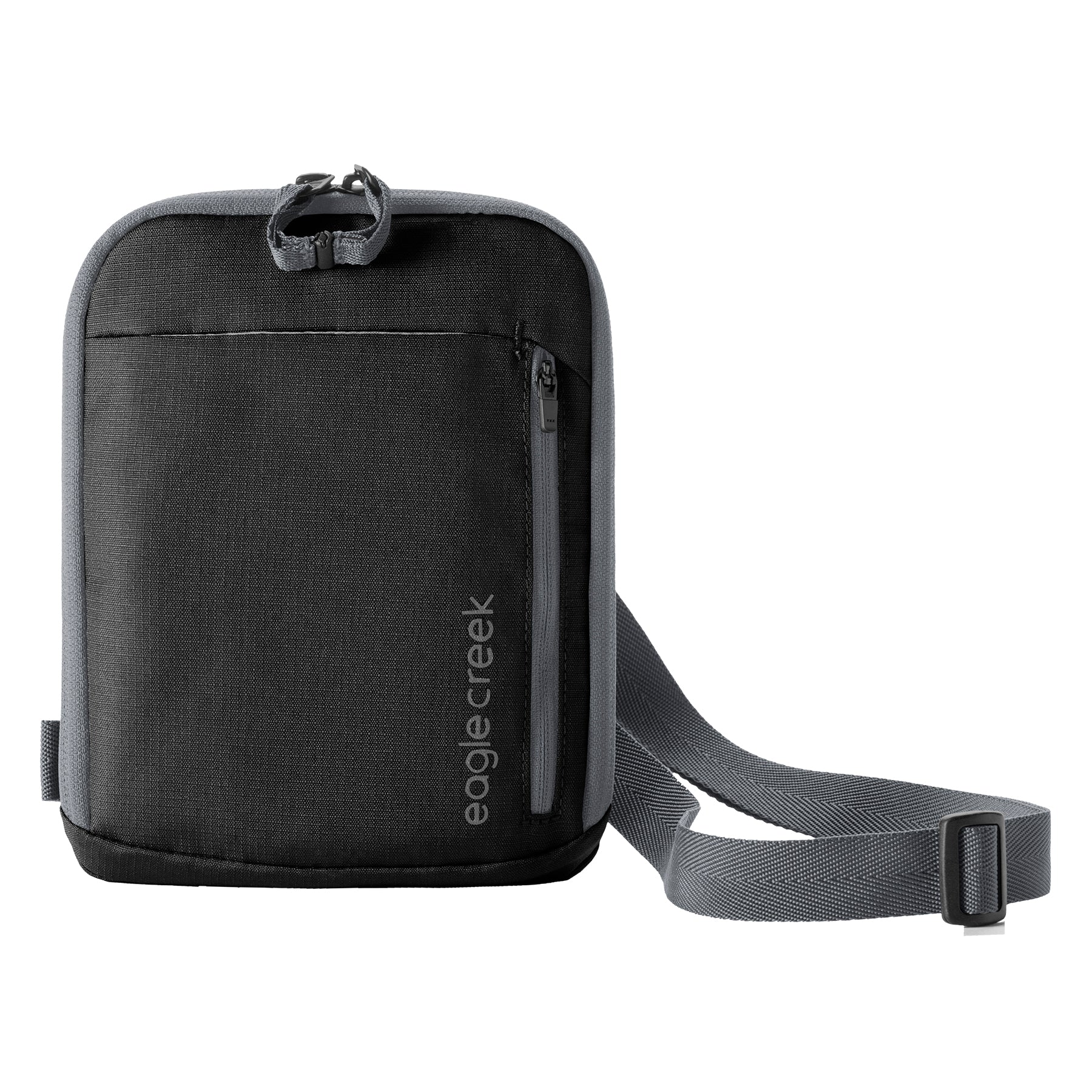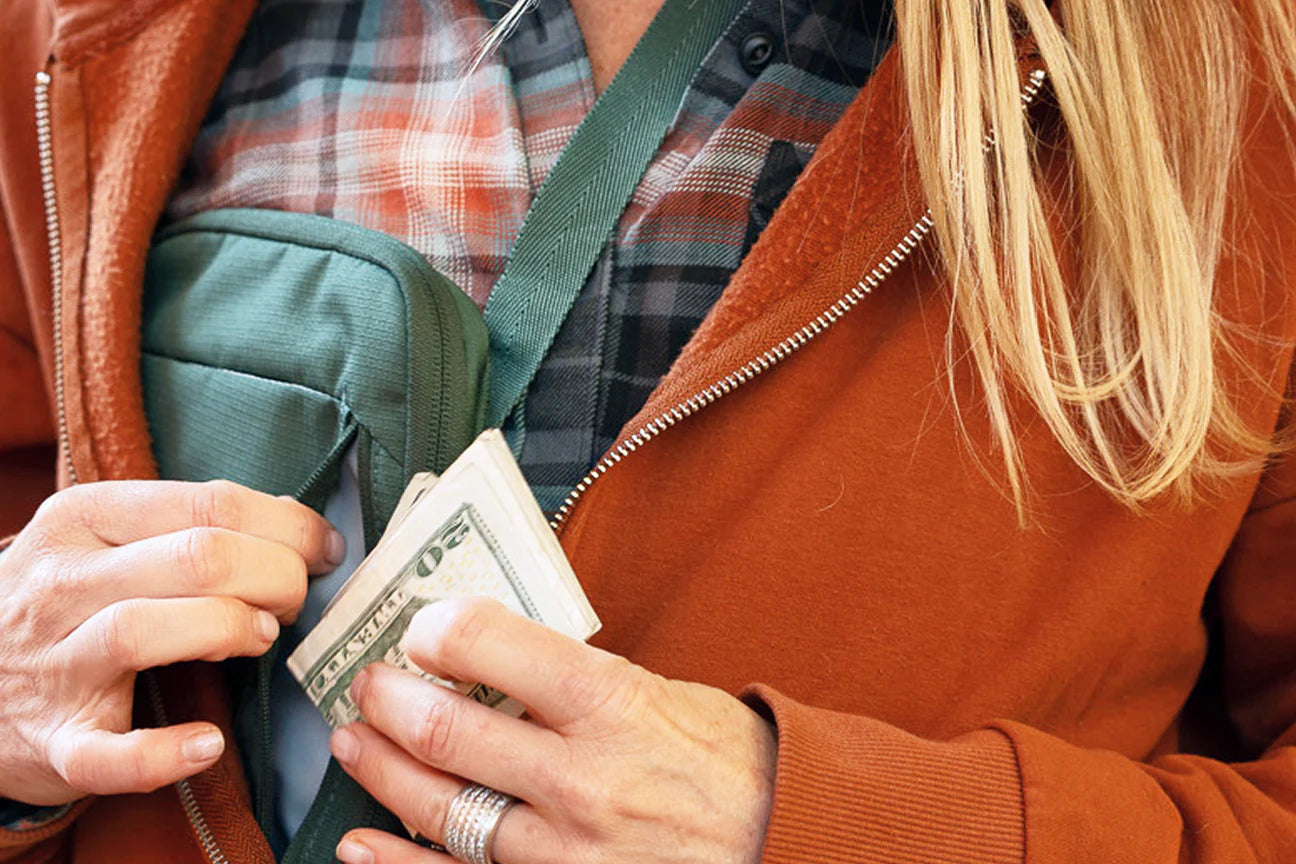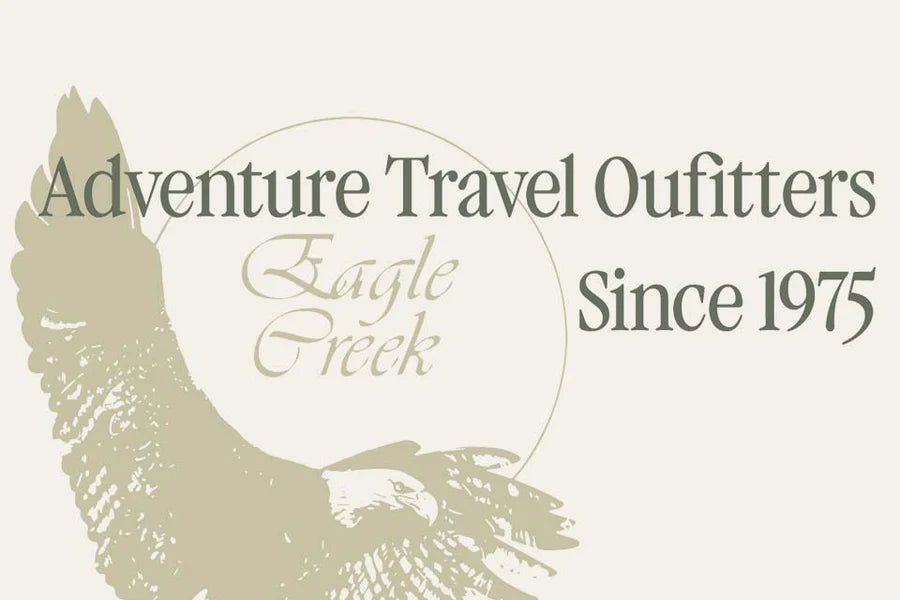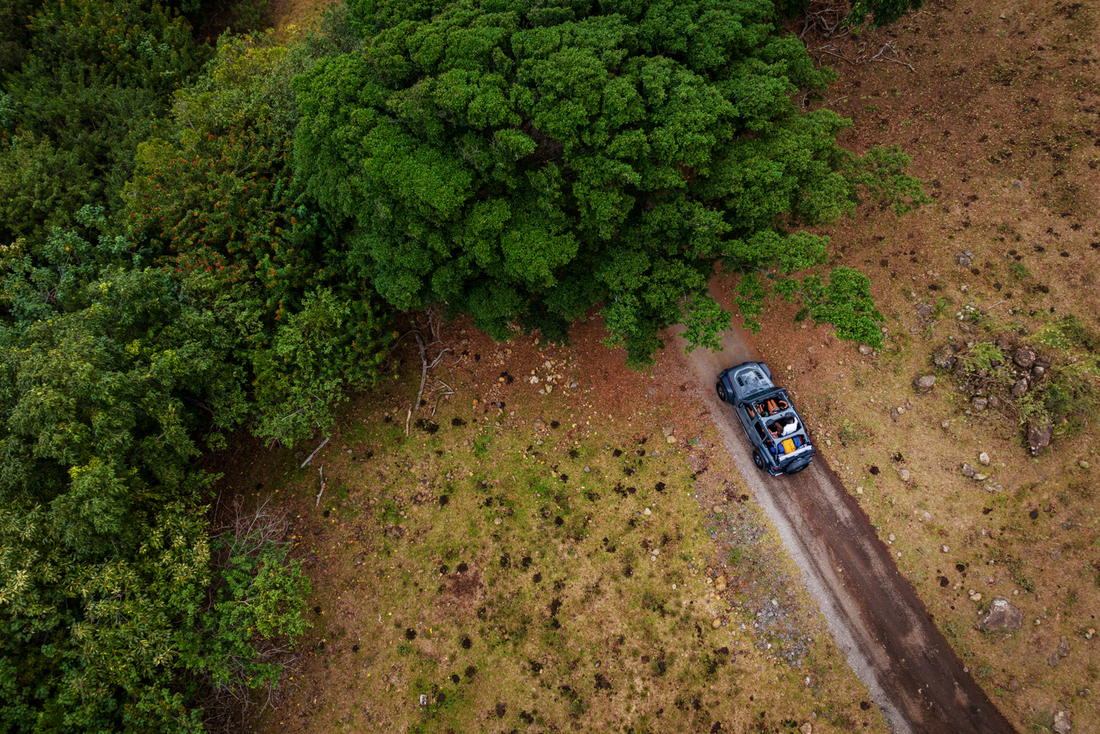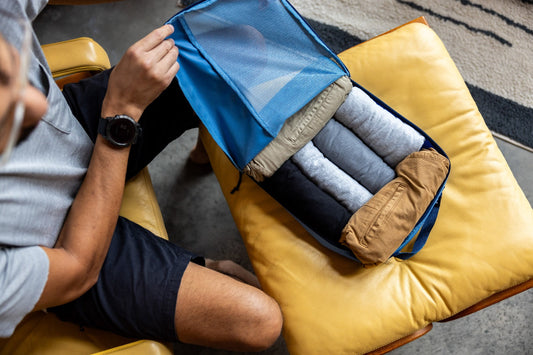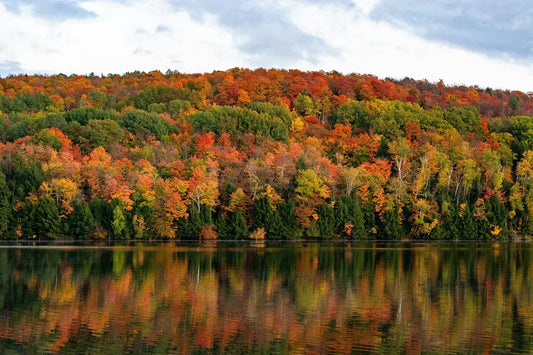Known as shinrin-yoku in Japan—where it was founded, forest bathing is a guided, meditative walk through the forest. It may sound like a centuries’ old practice, but forest bathing actually only dates back to the 1980s when Japanese doctors sent their overworked patients into local forests to reconnect to nature. Not only did forest bathing alleviate their stress, but studies showed participants experienced health benefits like lower blood pressure and improved immune response.
In recent years, forest bathing has gained popularity across the globe. You can certainly practice it on your own with a general understanding of it, but for the greatest benefit, go with a guide your first time.
A Guided Forest Bathing Experience
Assuming you opt for a group walk, forest bathing typically begins by meeting your guide, who will explain what to expect. The guide will then lead you through a series of five to six activities. For example, you might be invited to observe the leaves or to take note of the forest’s sounds. After a set time, you regroup further along the trail to discuss your observations.
One of the nice things about a guided experience is you don’t have to carry much. With a guide, you can carry all you need in a waist bag or even a neck wallet.
Forest Bathing Solo
You can practice forest bathing without a guide. All you need to do is use your five senses as you walk, according to Jenny Harrow-Keeler, co-founder and executive director at Integrative Healers Action Network in the Sonoma, California area. She recommends smelling the forest’s scents, sticking out your tongue to taste the air, feeling the bark of a tree, and listening to the sound of your footsteps. Go slow. Practice shinrin-yoku, which means literally; “taking in the forest atmosphere.”
When you forest bathe without a guide, you’ll want to pack with safety in mind. Fill a backpack with a first aid kit, map, compass, knife, snacks, and plenty of water. Depending on how far you plan to hike and how familiar you are with the area, you may also want to bring a personal locator beacon (PLB). Always dress appropriately by wearing closed-toe shoes, a hat, and sunscreen.
Where To Go Forest Bathing
You can forest bathe anywhere there’s nature, according to Harrow-Keeler. National parks and popular hiking trails, like the Appalachian Trail, are a good choice. But even a city park, like Central Park in New York City, is an option as long as you can appreciate nature.
While most guided forest bathing experiences usually last two hours, you can spend as much time in nature as you want. Even a half hour can be beneficial. Similarly, there’s no set distance you have to cover. You can simply plan to walk a short way, pull a blanket out of your backpack, and then spend time taking it all in.
Forest bathing doesn’t have to be complicated. It can be as simple as walking through nature and taking the time to really notice what is around you. As the Japanese found 40 years ago, it can improve your physical and mental health in ways you never imagined.
Always make sure you pack accordingly for any time out in nature. Check out our guide on what to pack when heading out to a National Park for top tips.
Author Name: Teresa Bitler
Author Bio: Teresa Bitler is an award-winning travel writer specializing in adventure, culture, and history. Her work has appeared in National Geographic Traveler, American Way, Sherman’s Travel, and many other high-profile outlets.
Related Products
